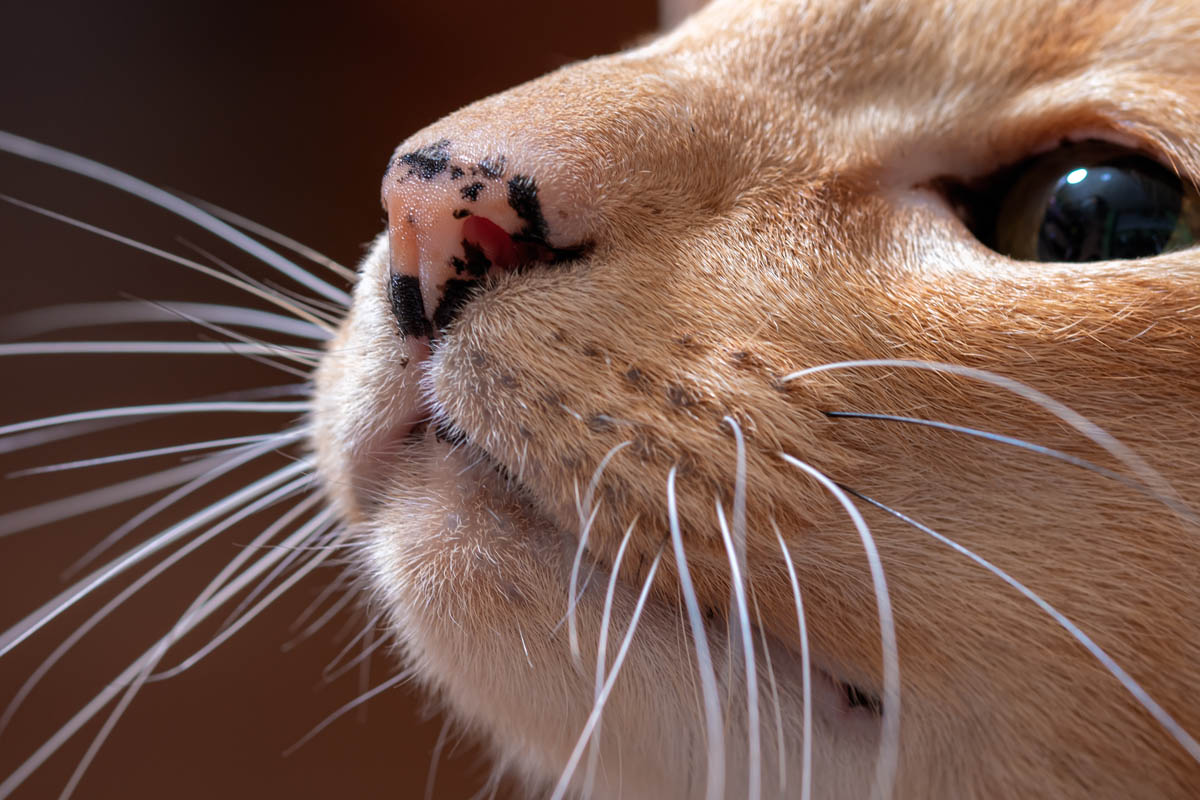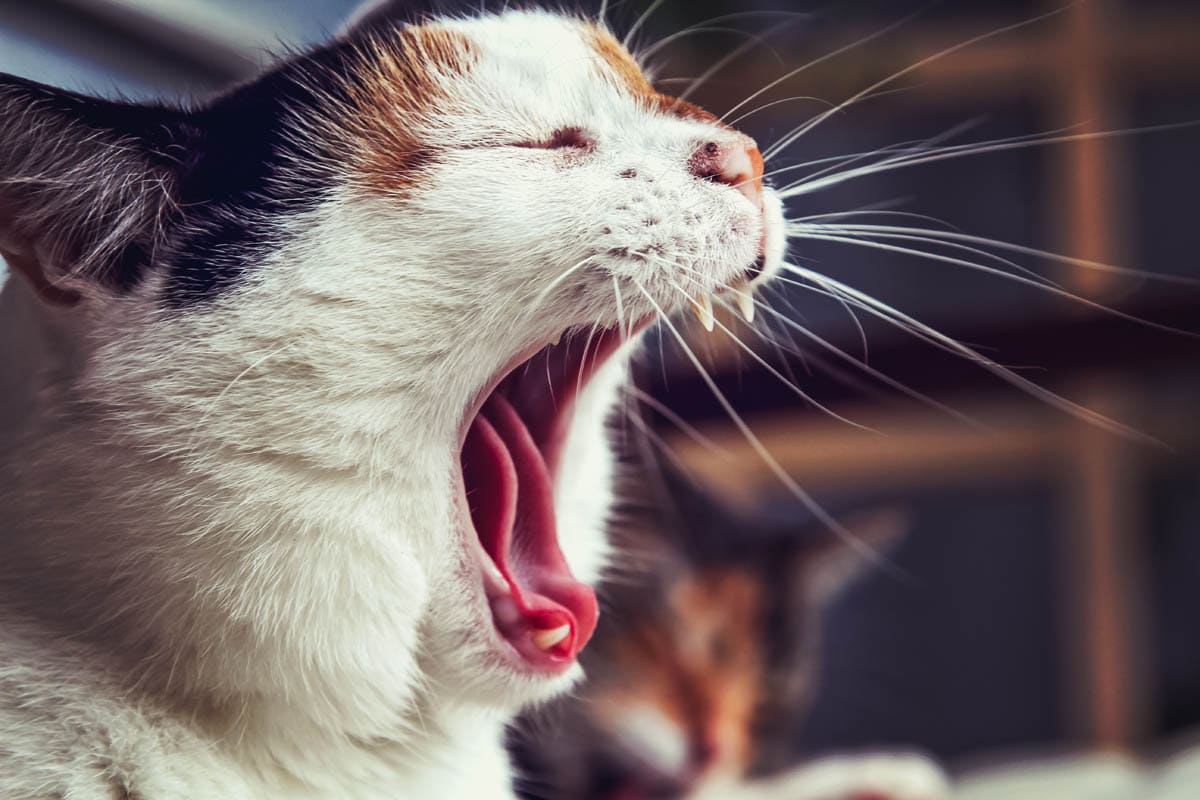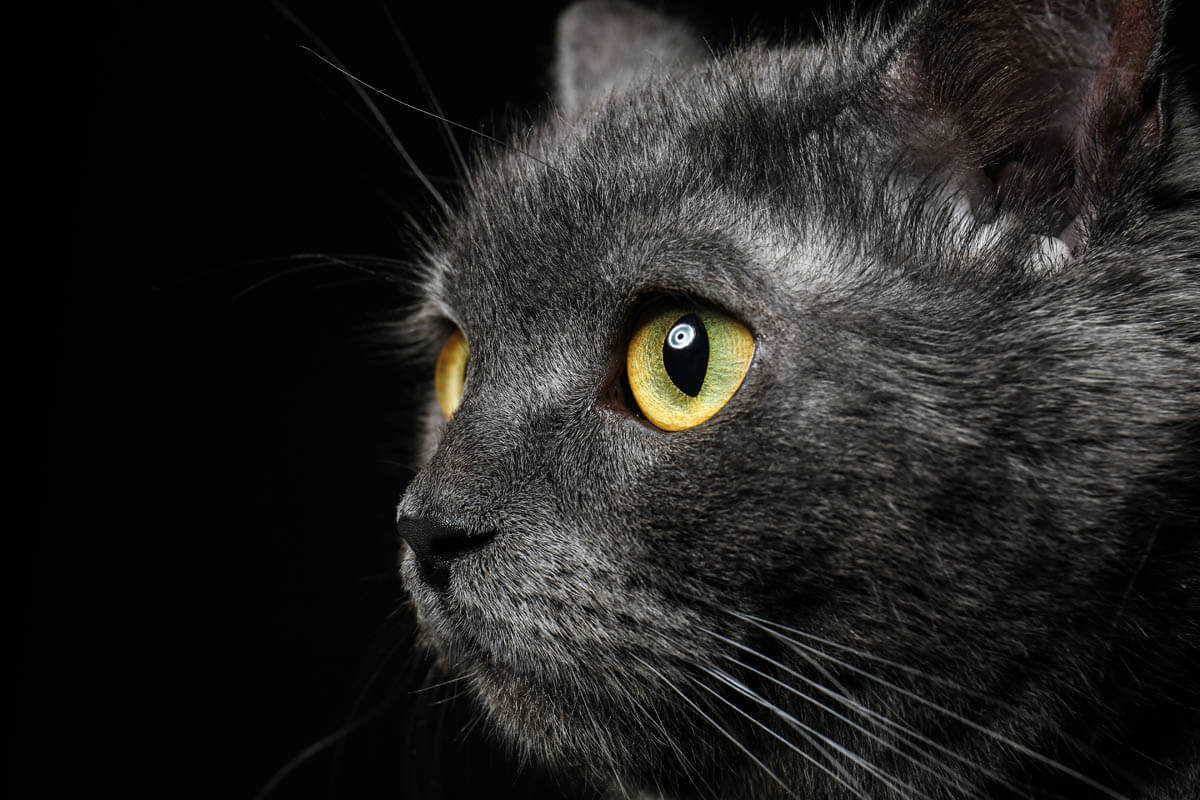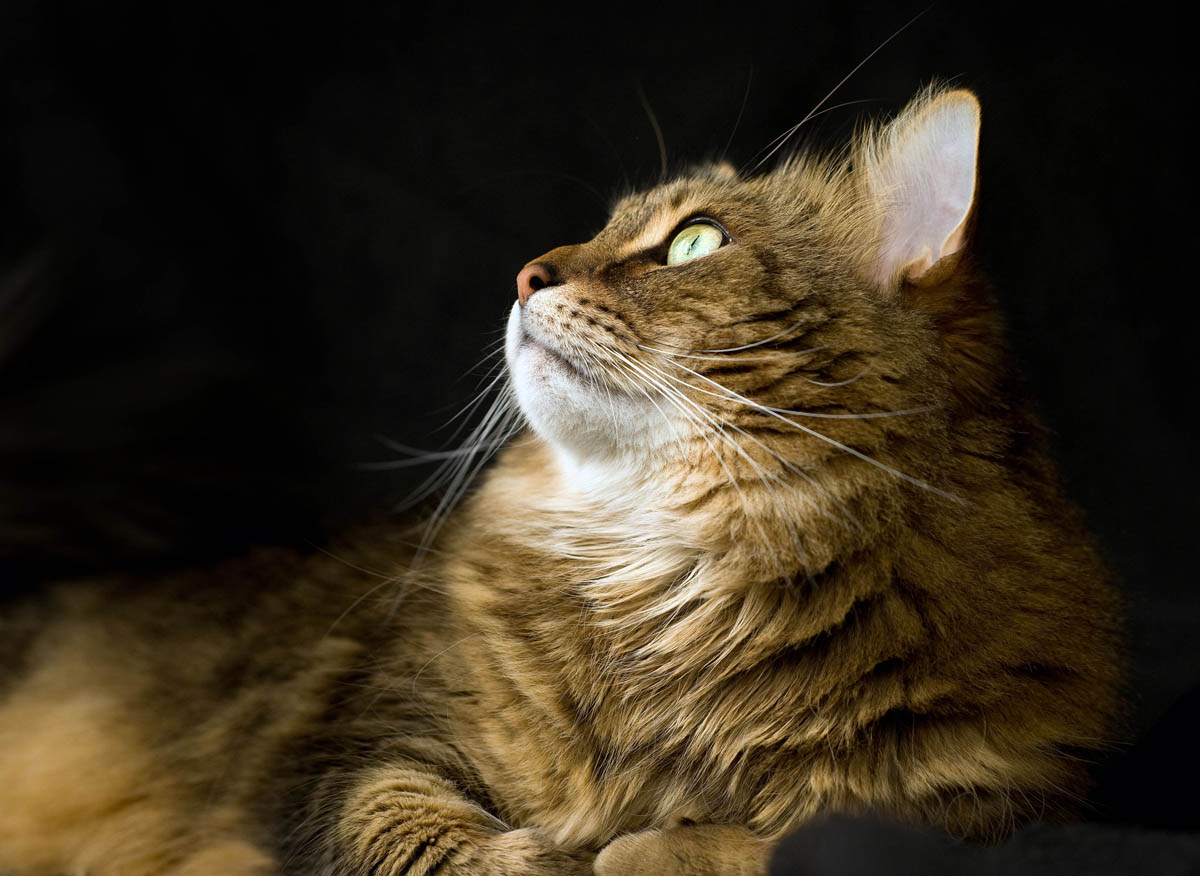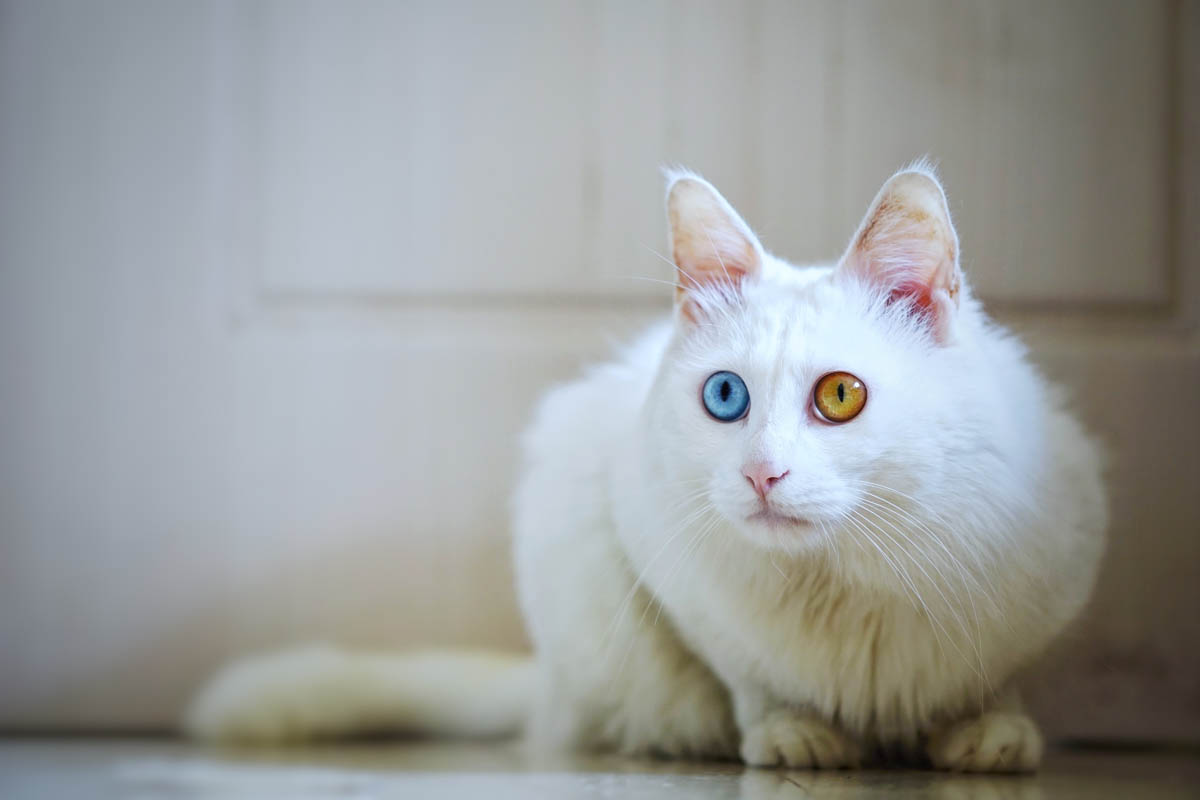Gum disease in cats at a glance
|
Black Spots (Lentigo) on Cat Gums, Nose and Eyelids
At a glance Also called: Age spots, liver spots, orange cat lentigo. About: Also known as lentigo, areas of hyperpigmentation develop on the lips, gums and eye rims. Symptoms: Flat, black spots on the eyelids, gums and lips of ginger, tortie and calico cats are common, they are the feline equivalent of freckles. Treatment: No … Read more
